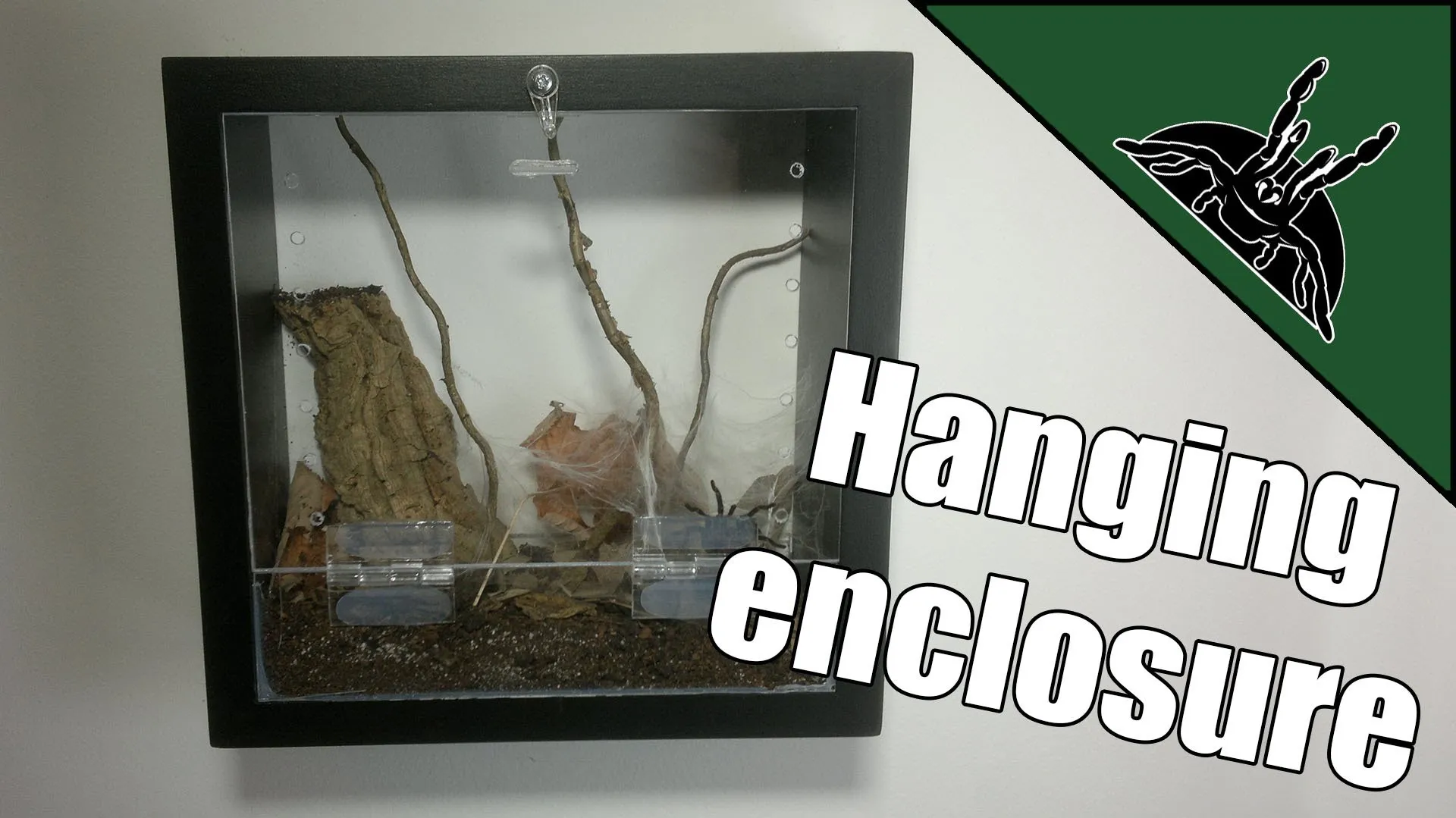Building a tarantula enclosure is a rewarding project for any arachnid enthusiast. A well-designed enclosure provides a safe, comfortable, and enriching environment for your pet tarantula. This ultimate guide will walk you through every step, from selecting the right materials to maintaining the perfect habitat for your eight-legged friend. Proper enclosure design is crucial for the health and happiness of your tarantula, allowing you to observe its fascinating behaviors while ensuring its well-being. Get ready to create a thriving home for your tarantula with this comprehensive guide.
Choosing the Right Tarantula Enclosure Size & Material
The foundation of a successful tarantula setup is the enclosure itself. Selecting the right size and material is paramount for creating a secure and suitable habitat. The enclosure should be appropriately sized for the tarantula’s species and adult size, allowing ample space for movement, burrowing (if applicable), and essential equipment. Furthermore, the material of the enclosure plays a significant role in maintaining optimal environmental conditions and ensuring your tarantula’s safety and well-being. Consider both the practical and aesthetic aspects when making your choice.
Consider the Tarantula Species
Different tarantula species have varying needs. Arboreal species, which live in trees, require taller enclosures to accommodate their climbing habits, while terrestrial species, which live on the ground, need more floor space for roaming and burrowing. Research your specific tarantula species to determine its ideal enclosure size and setup. Consider factors like the species’ adult size, its natural habitat, and its preferred lifestyle. For instance, a Grammostola pulchra (Brazilian Black) will need a different setup compared to an Avicularia avicularia (Pinktoe Tarantula). A thorough understanding of the species will ensure that the enclosure meets all of the tarantula’s needs, promoting a long and healthy life.
Size of the Enclosure
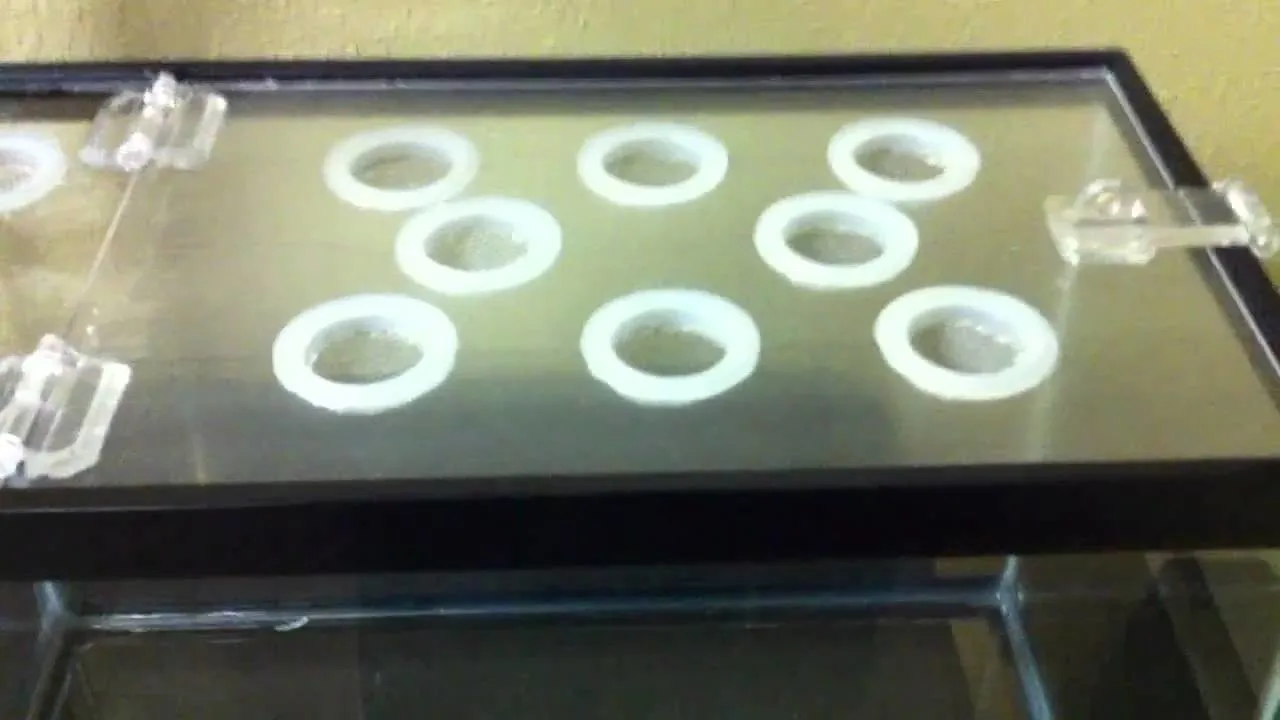
The enclosure should be at least twice as wide as the tarantula’s leg span for terrestrial species, allowing it to move freely. For arboreal species, the height of the enclosure is more important, aiming for a height at least three times the tarantula’s leg span. Avoid enclosures that are too large for juvenile tarantulas, as this can make it difficult for them to find food and increase the risk of falls. As your tarantula grows, you may need to upgrade the enclosure size. Provide enough space for the tarantula to molt and exhibit its natural behaviors. An enclosure that’s too small can cause stress and limit activity; too large and the tarantula may feel insecure.
Material Considerations
Glass terrariums are a popular choice due to their clear visibility and ease of cleaning, but they can be heavy and may not retain humidity as well as other options. Acrylic enclosures are lightweight, durable, and offer excellent visibility, but they can scratch more easily. Plastic storage containers can be a budget-friendly option, especially for juvenile tarantulas, and they are readily available. Ensure that the chosen material is non-toxic and provides adequate ventilation to prevent the buildup of mold and humidity. Consider factors such as durability, ease of cleaning, heat retention, and aesthetic appeal. Ventilation is critical to prevent stagnant air and potential health issues for the tarantula. Whatever material you choose, ensure it is escape-proof.
Essential Equipment for Your Tarantula Enclosure
In addition to the enclosure itself, several essential pieces of equipment are necessary to create a healthy and stimulating environment for your tarantula. These items help regulate temperature, humidity, and provide enrichment. Investing in the right equipment from the start can simplify maintenance and ensure your tarantula thrives. Selecting high-quality, reliable equipment will ensure the longevity and safety of your tarantula’s enclosure.
Substrate Creating the Perfect Environment
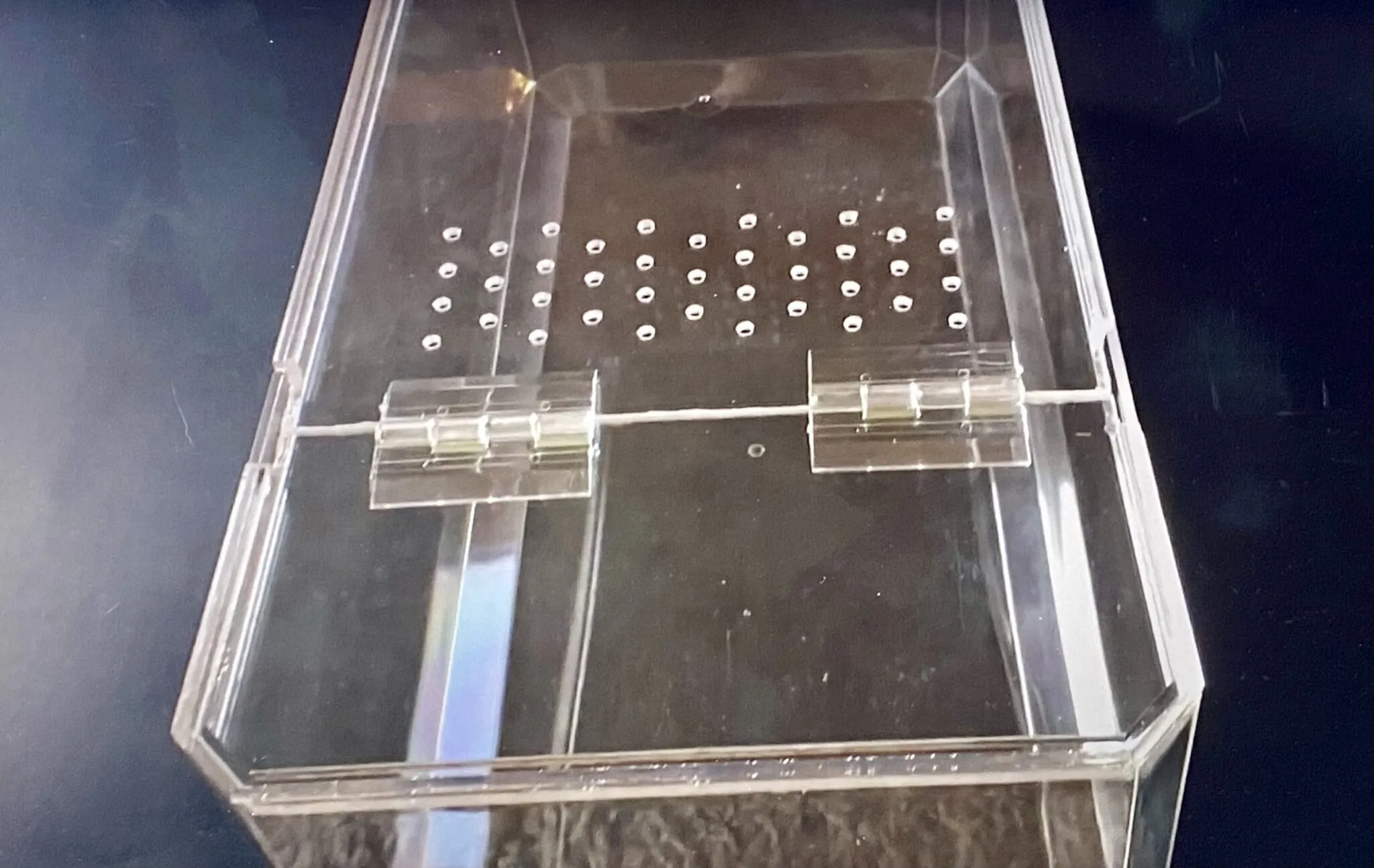
The substrate is the foundation of your tarantula’s habitat, providing a comfortable surface for walking, burrowing, and molting. It also helps regulate humidity and absorb waste. The ideal substrate mimics the tarantula’s natural environment and supports its specific needs. Choosing the right substrate is vital for the overall health and well-being of your tarantula, contributing to a natural and stress-free environment.
Types of Substrate
Popular substrate options include coconut fiber (coco coir), peat moss, sphagnum moss, and a mix of these materials. Coco coir is an excellent choice for its ability to retain moisture and provide a naturalistic look. Peat moss is also good for humidity control and burrowing, while sphagnum moss can be used to create humid microclimates in the enclosure. Avoid substrates that are chemically treated or contain fertilizers, as these can be harmful to your tarantula. A mixture of coco coir and peat moss provides an excellent foundation for most terrestrial species. Research the specific requirements of your tarantula species to choose the most appropriate substrate.
Substrate Depth and Maintenance
The depth of the substrate should be sufficient to allow for burrowing, typically ranging from 4 to 8 inches for terrestrial species. Arboreal species may require a shallower substrate, focusing on climbing space. Regularly check the substrate for cleanliness and replace it as needed, usually every few months or when it becomes heavily soiled. Spot-clean the substrate weekly to remove any uneaten food, feces, or dead insects. Proper maintenance prevents the growth of mold and bacteria, keeping your tarantula healthy and its enclosure clean. A clean substrate contributes to a more natural and aesthetically pleasing environment.
Water and Humidity Management for Tarantulas
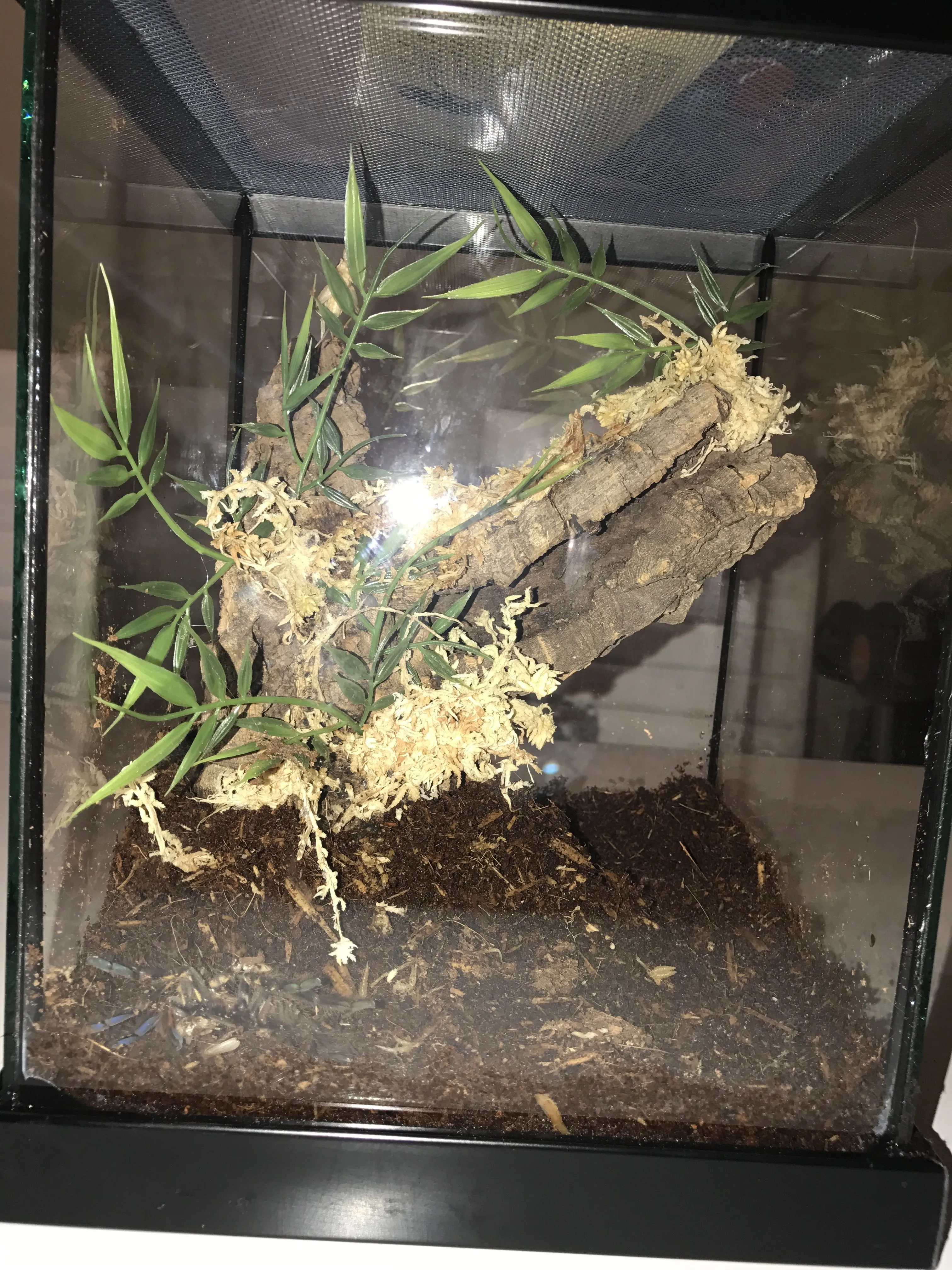
Maintaining the correct humidity levels is critical for tarantula health, particularly for molting. Dehydration can lead to molting problems and even death. The enclosure should be humid enough to prevent dehydration but not so humid that it promotes mold growth. Monitoring and adjusting the humidity levels regularly is an essential aspect of tarantula care.
Water Dish
Provide a shallow water dish with fresh, clean water at all times. The dish should be shallow enough to prevent the tarantula from drowning, especially for smaller specimens. Use a water dish that is stable and not easily tipped over. Change the water frequently, at least once a week, and more often if it becomes soiled. A water dish is essential for hydration and helps maintain humidity levels within the enclosure. Position the water dish in a location easily accessible to the tarantula.
Humidity Levels and Monitoring
Humidity requirements vary depending on the species. Generally, most tarantulas thrive at humidity levels between 60% and 80%. Monitor humidity levels using a hygrometer. Increase humidity by misting the enclosure with water, especially during molting. Good ventilation is also crucial, as excessive humidity coupled with poor airflow can lead to mold growth. Ensure the enclosure has adequate ventilation while maintaining sufficient humidity. The substrate, water dish, and misting all work together to create the right humidity levels for your tarantula. Regularly check the substrate; if it’s constantly wet, the humidity might be too high.
Temperature Control and Heating Options
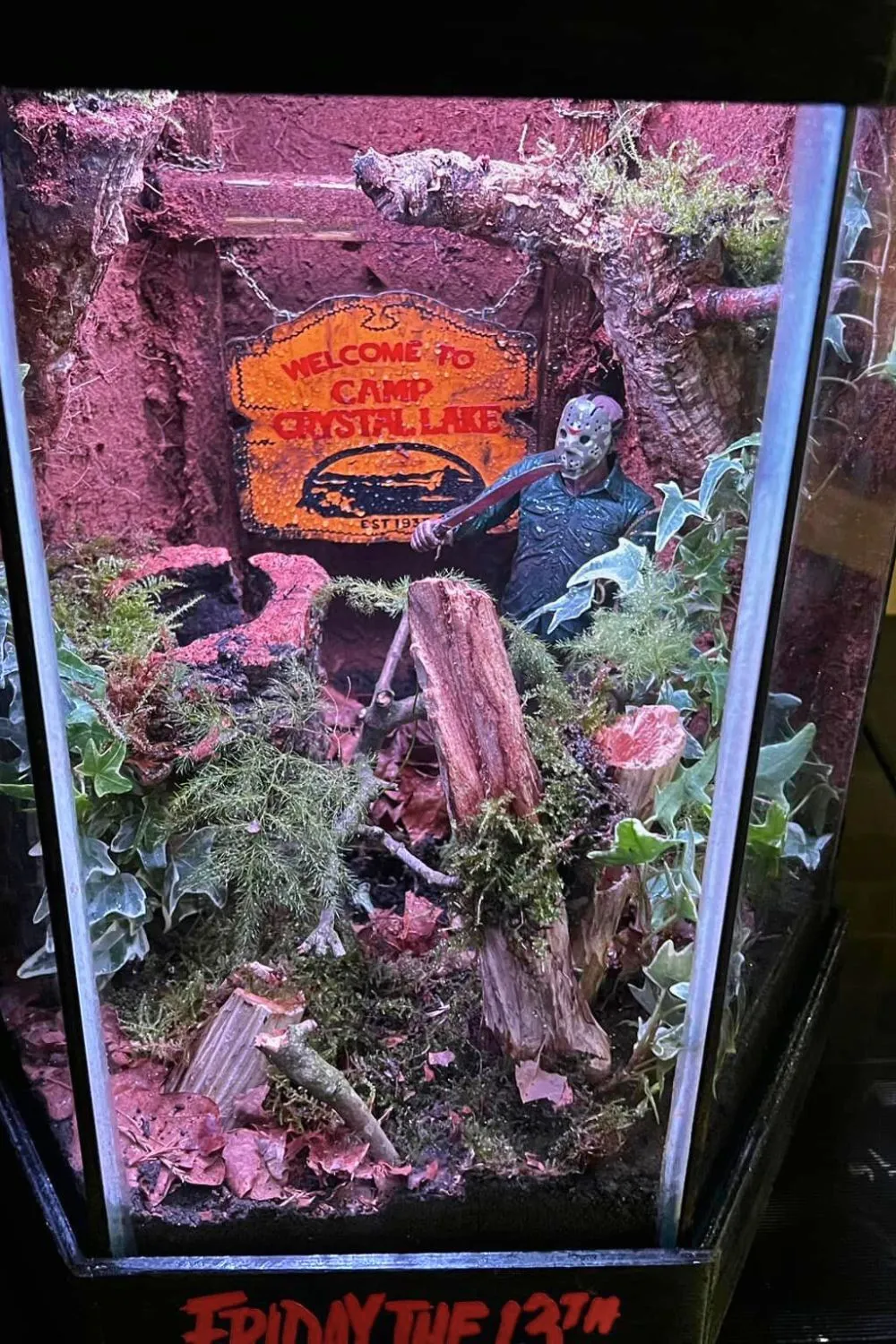
Tarantulas are ectothermic, meaning they rely on external sources to regulate their body temperature. Maintaining the correct temperature range is crucial for their metabolism, digestion, and overall health. The environment should provide a consistent and suitable temperature gradient within the enclosure to allow the tarantula to thermoregulate effectively. Choose appropriate heating methods depending on your environment and the specific needs of the tarantula.
Ideal Temperature Range
Most tarantula species thrive at temperatures between 75-85°F (24-29°C). Avoid temperatures that are too high, as this can be fatal, or too low, which can slow down the tarantula’s metabolism. Use a thermometer to monitor the temperature within the enclosure, and adjust the heating source as needed. Provide a temperature gradient within the enclosure, with a slightly warmer area for basking and a cooler area for retreat. Ensure the temperature is stable, especially during molting, when tarantulas are most vulnerable. The ideal temperature range is essential for a healthy and active tarantula.
Heating Methods Pros and Cons
Heat lamps are not generally recommended, as they can overheat the enclosure and dry out the air. Under-tank heaters (UTHs) are a safer option, providing gentle heat from below. Place the UTH on the side of the enclosure, not directly underneath, to prevent overheating. Ceramic heat emitters (CHEs) are another option, providing heat without light. They should be used with a thermostat to regulate the temperature. When using any heating device, monitor the temperature closely and ensure that your tarantula cannot come into direct contact with the heat source to prevent burns. Research the safest heating methods for your specific tarantula species and setup.
Decorating Your Tarantula Enclosure
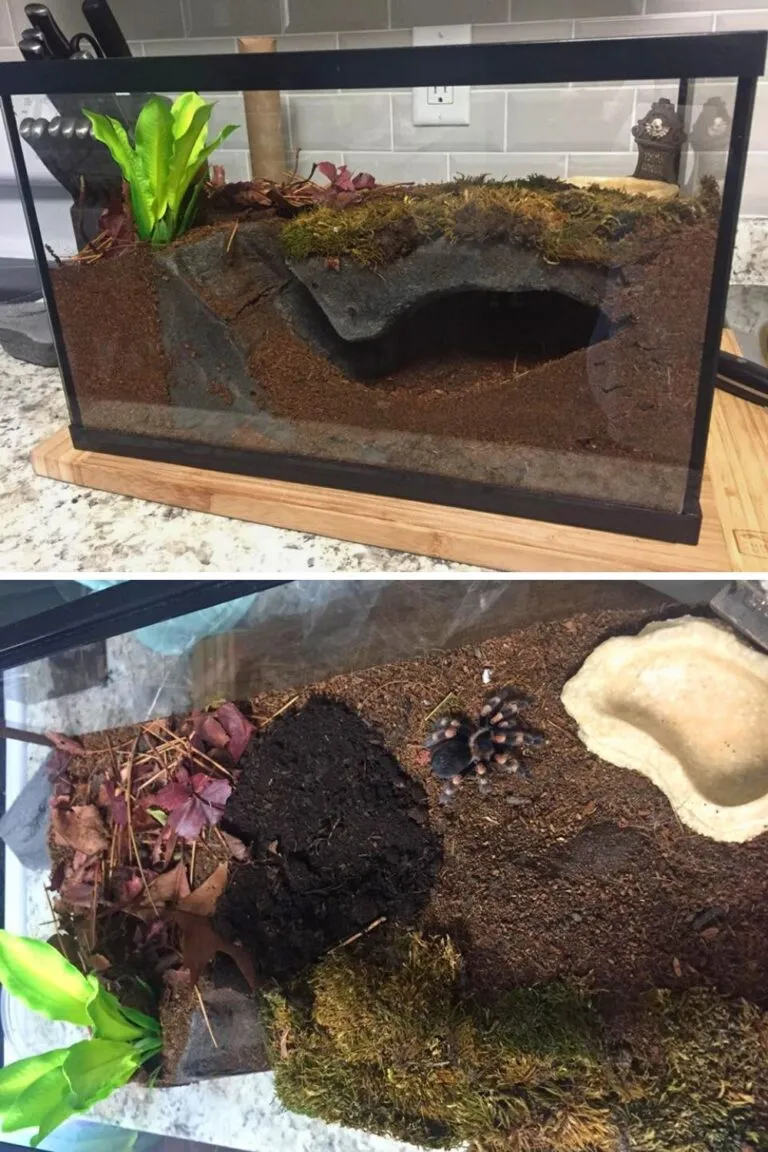
Adding decorations to your tarantula enclosure not only enhances its aesthetic appeal but also provides essential enrichment for your pet. Decorations provide hiding places, climbing surfaces, and opportunities for natural behaviors. Choose decorations that are safe, non-toxic, and appropriate for your tarantula’s species and size. The right décor will create a stimulating and secure environment, promoting the well-being of your tarantula.
Hides and Shelters
Provide at least one hide or shelter for your tarantula. Cork bark, half-logs, or commercially available hides are all excellent options. The hide should be large enough for the tarantula to comfortably fit inside but not so large that it feels exposed. Hides provide a sense of security, allowing your tarantula to retreat and feel safe, particularly during molting. Position the hide in a location that is easily accessible to the tarantula and provides privacy. Having a secure hide reduces stress and encourages natural behaviors.
Plants and Decorations
Live or artificial plants can add a touch of nature to the enclosure. Live plants, such as pothos or snake plants, can help maintain humidity and provide additional hiding places. Ensure that any live plants are non-toxic and safe for tarantulas. Artificial plants are a convenient alternative and require less maintenance. Other decorations, such as rocks, branches, and driftwood, can enhance the enclosure’s visual appeal and offer additional climbing surfaces. Avoid sharp objects that could potentially injure your tarantula. Choose decorations that reflect the tarantula’s natural environment and support its natural behaviors. Ensure that any decorations are securely placed and do not pose a risk of injury.
Setting Up the Enclosure Step by Step
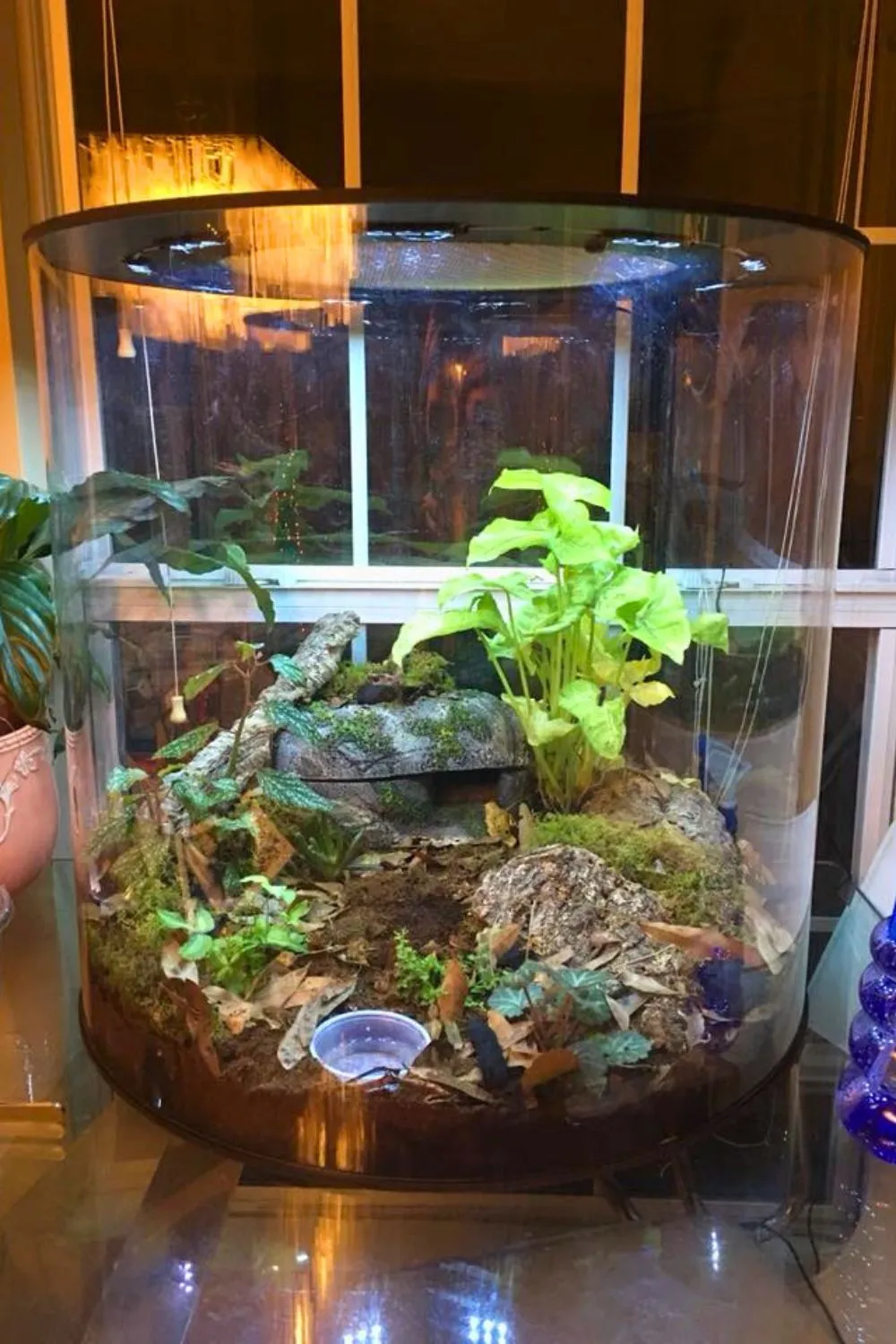
Setting up a tarantula enclosure is a straightforward process when you follow the proper steps. Prepare the enclosure, substrate, and equipment before introducing your tarantula. A well-planned setup will help create a comfortable and safe environment. By meticulously following each step, you can ensure a smooth and successful transition for both you and your tarantula.
Step 1 Substrate Placement
Pour the substrate into the enclosure to the appropriate depth, as determined by your tarantula species. Ensure the substrate is level or slightly sloped. Moisten the substrate, if necessary, to help maintain the desired humidity levels. Compact the substrate gently, if needed, to provide a stable base. Create naturalistic features, such as small hills or depressions, to mimic the tarantula’s natural environment. A well-prepared substrate foundation is essential for a healthy and engaging habitat for your tarantula.
Step 2 Adding Decor
Place the hides, water dish, and any other decorations in the enclosure. Arrange the items to provide a variety of hiding places, climbing surfaces, and open areas. Ensure the setup is stable and secure, and there are no hazards. Consider the aesthetic appeal of the arrangement, but prioritize the functionality and safety of your tarantula. Incorporating elements like cork bark creates a more natural and enriching environment for your tarantula. The right décor not only improves aesthetics but also enhances the quality of life for your tarantula.
Step 3 Introducing the Tarantula
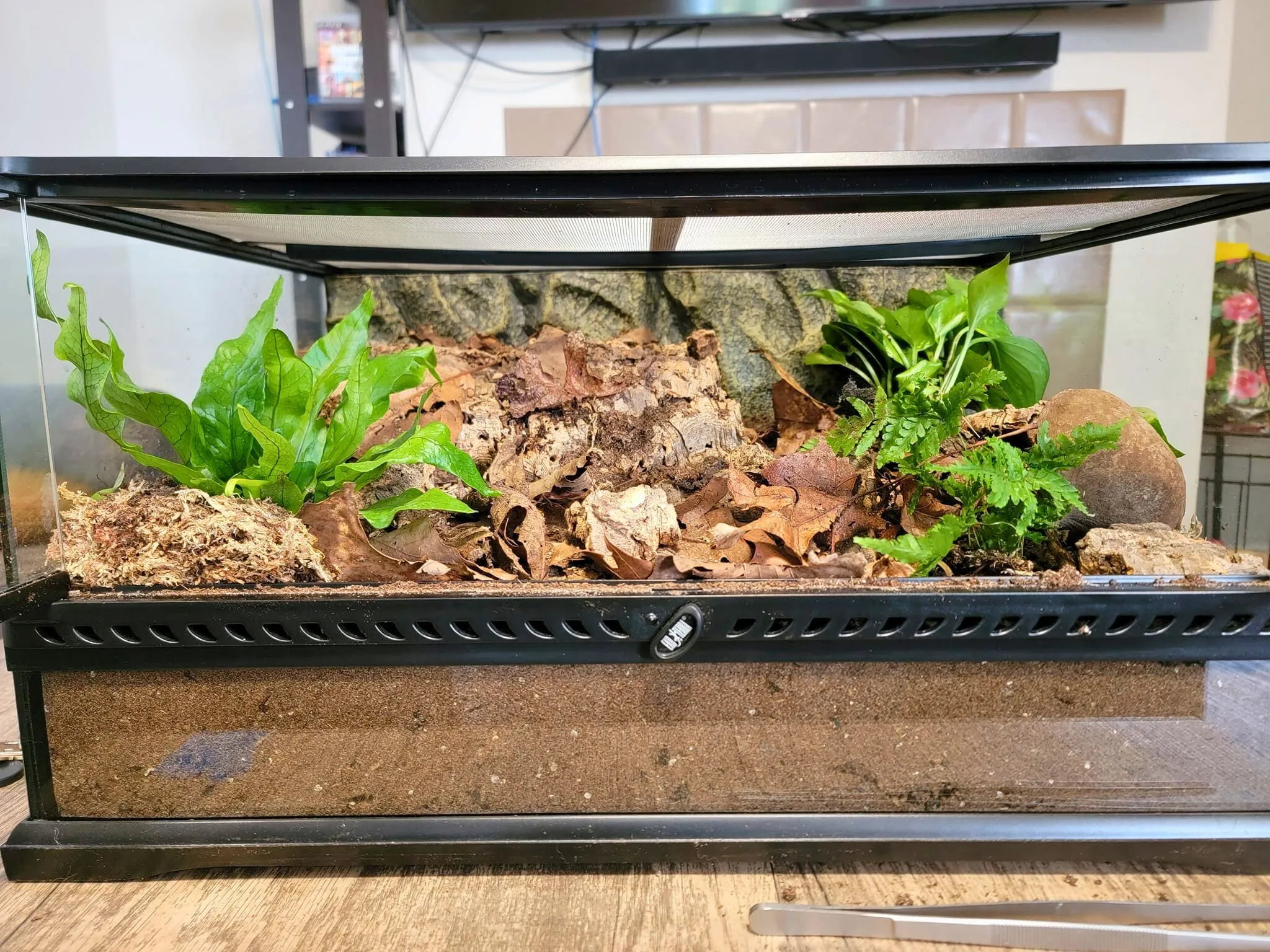
Once the enclosure is fully prepared, carefully introduce your tarantula. Gently place the tarantula inside the enclosure and observe its behavior. Give the tarantula time to explore its new surroundings and acclimate. Avoid handling the tarantula immediately after introduction, as it may be stressed. Provide fresh water and monitor the tarantula’s eating habits. Be patient and allow the tarantula to settle into its new home. A calm and gradual introduction is crucial to minimize stress. Make sure the lid is secure to prevent escape.
Maintenance and Cleaning of the Enclosure
Regular maintenance is essential to keep your tarantula’s enclosure clean and healthy. A consistent cleaning schedule will help prevent the buildup of waste, mold, and bacteria. Regularly inspect the enclosure for any signs of problems and address them promptly. A clean enclosure contributes to the overall well-being and longevity of your tarantula.
Regular Cleaning Schedule
Spot-clean the enclosure weekly to remove any uneaten food, feces, and dead insects. Replace the water in the water dish at least once a week. Monitor the humidity and temperature, making adjustments as needed. Regularly inspect the enclosure for any signs of mold or pests. Maintaining a consistent cleaning schedule will help ensure a healthy environment for your tarantula. Cleanliness is vital to prevent health issues.
Substrate Replacement and Deep Cleaning
Replace the substrate every few months or when it becomes heavily soiled. The frequency of substrate replacement will depend on the size of the enclosure, the species of tarantula, and your cleaning habits. During the deep cleaning, remove all decorations and equipment from the enclosure. Thoroughly clean the enclosure with warm water and a mild, unscented soap. Rinse the enclosure thoroughly to remove any soap residue. Allow the enclosure to dry completely before adding new substrate and decorations. Deep cleaning ensures that the enclosure remains a healthy and safe habitat.
Troubleshooting Common Enclosure Issues
Even with the best care, you may encounter some common enclosure issues. Knowing how to identify and address these problems can help you maintain a healthy environment for your tarantula. Being proactive and observant will enable you to resolve issues quickly and prevent more significant problems. Careful monitoring and prompt action are key to ensuring the well-being of your pet.
Dealing with Mold and Pests
Mold can grow in enclosures that are too humid or poorly ventilated. If you notice mold, remove the affected substrate and improve ventilation. Reduce humidity levels and ensure good airflow. Pests, such as mites, can also infest tarantula enclosures. Quarantine the tarantula and enclosure if you suspect an infestation. Remove and replace the substrate, clean the enclosure thoroughly, and treat the tarantula and enclosure with appropriate pest control methods. Prevention is crucial: ensure proper ventilation and maintain a clean environment.
Maintaining Optimal Humidity and Temperature
If the humidity is too low, mist the enclosure or add a larger water dish. If the humidity is too high, improve ventilation and reduce misting frequency. Adjust the heating source to maintain the appropriate temperature range. Regularly monitor the humidity and temperature using a hygrometer and thermometer. Make adjustments as needed to create a stable and comfortable environment. Consistent monitoring and adjustments are essential for maintaining the right conditions and ensuring your tarantula’s health and happiness. Keep a close eye on your tarantula’s behavior as well, as it can indicate whether the conditions are suitable.
Building and maintaining a tarantula enclosure is a rewarding experience that allows you to provide a safe, comfortable, and stimulating environment for your pet. By following this ultimate guide, you can create a thriving habitat that supports your tarantula’s health and happiness. Remember to research your specific tarantula species, monitor environmental conditions, and maintain a regular cleaning schedule. With dedication and care, you can enjoy the fascinating world of tarantulas for years to come.
